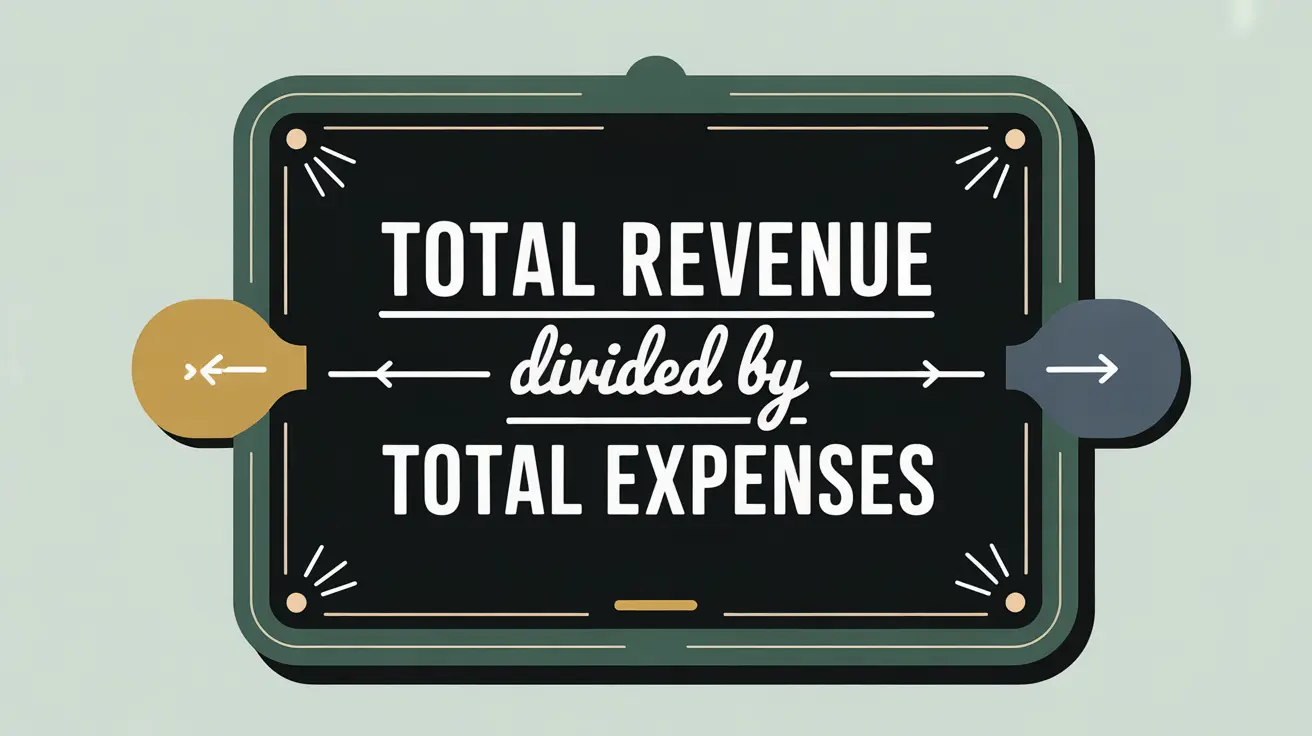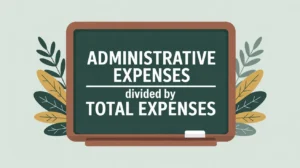Importance of the Revenue to Expense Ratio
The revenue to expense ratio measures whether a nonprofit is generating enough revenue to cover its expenses. It matters because it provides a straightforward indicator of sustainability: a ratio above 1.0 shows that revenues exceed expenses, while a ratio below 1.0 signals potential financial stress. Boards, donors, and regulators often review this measure as part of assessing fiscal health. For nonprofits in social innovation and international development, this ratio is especially important because organizations often manage multi-year grants with uneven inflows, making it critical to ensure that revenues consistently align with expenditures.
Definition and Features
The revenue to expense ratio is defined as:
Total Revenue divided by Total Expenses.
Key features include:
- Sustainability Indicator: shows whether the organization is operating within its means.
- Benchmark Use: a ratio near 1.0 is common; consistent results above 1.0 suggest financial strength.
- Trend Focus: year-over-year trends reveal whether financial performance is improving or weakening.
- Decision Relevance: helps boards decide whether to expand programs, increase reserves, or reduce costs.
How This Works in Practice
If a nonprofit has $18 million in total revenue and $17 million in total expenses, its revenue to expense ratio is 1.06. This indicates that the organization generated slightly more revenue than it spent, leaving room to reinvest in reserves or innovation. If the ratio drops below 1.0, leadership may need to cut back spending or increase fundraising to restore balance. Many boards track this measure quarterly as a key barometer of sustainability.
Implications for Social Innovation
For nonprofits in social innovation and international development, the revenue to expense ratio demonstrates fiscal discipline in environments where funding flows can be delayed or restricted. A strong ratio reassures donors that the organization is managing resources responsibly and has the capacity to sustain long-term projects. A weak ratio, if repeated, may raise concerns about overextension or misalignment between fundraising and spending. By tracking and communicating this measure, nonprofits can build confidence with stakeholders and make more informed decisions about scaling programs, pursuing new grants, or investing in systemic change.







